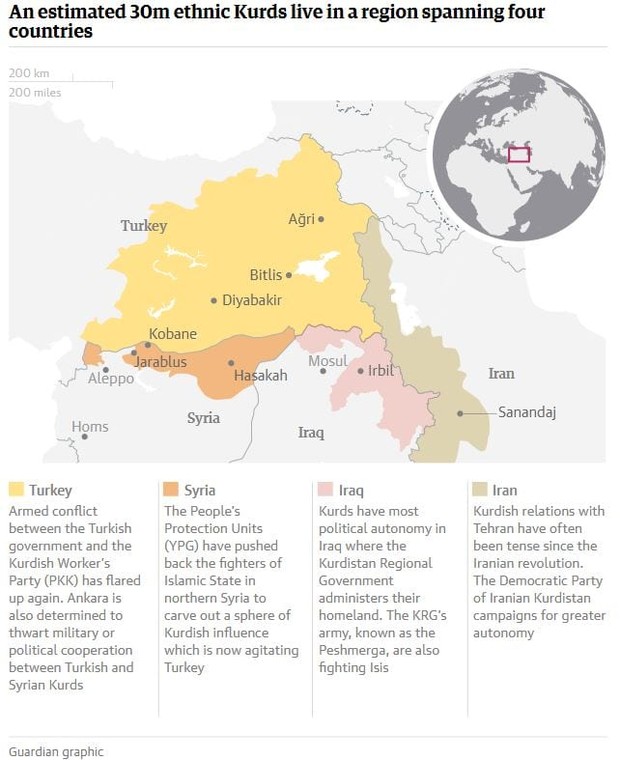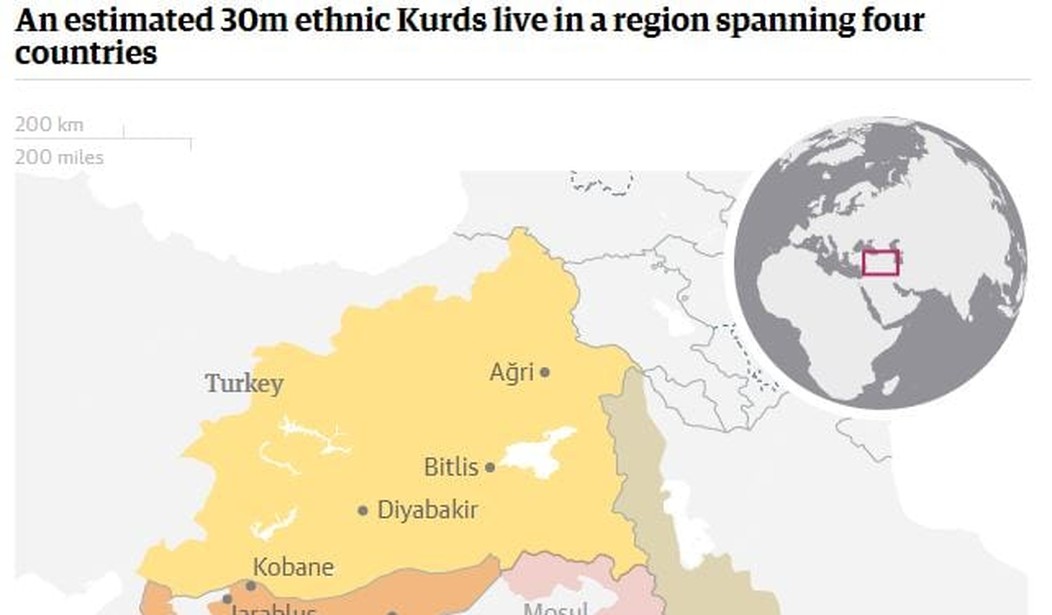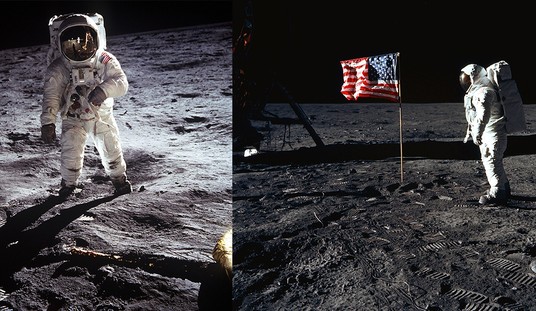
This is Part III of IV. This part will examine the the current state of the rest of the region as it relates to the ongoing civil war in Syria. As in most cases where there is a mix of ethnic groups, some hostile to each other, competing ideologies and as always changing loyalties, this part of the World poses some special challenges. Some have called this a “no-win” situation for the United States. I wouldn’t personally go that far, but this area can get fairly complex. What follows is a by-no-means-comprehensive overview of the main actors in the area from a U.S. perspective. It is meant to give a little more analytical depth than merely, “Trump is abandoning our allies!”
First and foremost, the U.S. must consider Turkey. Long a NATO ally, Turkey, along with Greece was the guardian of our Southern flank when our main concern was a massive assault by the Soviet Union. Since the overthrow of the Shah of Iran and his replacement by a militant theocracy inimical to U.S. interests throughout the region, Turkey has been a fairly consistent ally, generally supporting U.S. interests. Then along came President Recep Erdogan.
Erdogan, like his predecessors, has had to deal with an active insurgency, fomented by a banned organization and recognized terrorist group, the Kurdistan Workers Party (PKK). The U.S. has also determined the PKK to be a terrorist group. To this point, the U.S. and Turkey are on the same page…but there’s still Erdogan.
Recep Erdogan has a long history of support for Islamist Organizations such as the Muslim Brotherhood. This appeared to be fine with the U.S. under the Obama administration, as the Brotherhood was the main organization that toppled a key U.S ally, Egyptian President Mubarak. Post Mubarak and under the control of the Muslim Brotherhood, Egypt was in turmoil until finally President Al Sisi was able to take over and restore order, stop the killing of Christians, the destruction of their churches and restore relations and cooperation with Israel..and the United States.
In addition to his support for the Muslim Brotherhood, Erdogan has some other shall I say, aspirations. Retired Navy Captain, Line Officer (that’s pointy end of the spear for the Navy) and Red State Front Page Writer, Stu Cvrk puts it this way
What Erdogan is seeking through the deal with President Trump: In exchange for taking and dealing with all the captured ISIS terrorists – including a number of Europeans who volunteered to fight with ISIS that the EU countries don’t want back – Erdogan gets essentially free reign to deal with the Kurds in Turkey and Syria who are a primary roadblock to his political goal of consolidating the region into an Islamic State along the model proclaimed by the Muslim Brotherhood.
That is what Erdogan wants. What does Ayatollah Khamenei, Supreme Leader of Iran want? A number of things. Of primary interest to the United States, Khamenei wants to oppose pretty much anything the U.S. wants to achieve in the area and elsewhere. To him, the United States is still, “The Great Satan.” Long term, as the head of a Shia majority Muslim nation, he’d like to expand the Shia brand of Islam (along with Iranian influence if not outright control) throughout the region, especially into areas like Iraq which although 68% Shia, has until recently, been ruled by the Sunni minority. Iraq would seem to be a prime target for Khamenei’s long term aspirations. This brings us to Iraq. Simply put, The United States does not wish Iraq to become a failed state vulnerable to becoming an Iranian client.
Syria, except for its long term threat to Israel (of late, not as overt) is in and of itself, not as critical to U.S. interests. What does make it of current interest, is the recent Russian expansion of its military footprint there. That expansion mind you, can be directly tied to U.S. intervention in what had been an internal Syrian affair. Our meddling encouraged President Bashar Al Assad to seek outside assistance to remain in power in the face of a revolt that need up being supported by U.S. led efforts, up to and including U.S. ground troops in his country. Assad’s objective? Simple. Survive and remain in power. Ultimately, he might have been convinced to enjoy a lavishly funded retirement in exile, but with Russian support, he’s far less likely to take that option now.
Back to “The Kurds.” The one thing common to all three of the main Kurdish groups discussed in Part II of this series, is that they all want a Kurdish autonomous homeland and to one degree or another, they are willing to fight for it. Part II noted the major differences between the three main groups. As noted there, the most difficult part of the Kurdish puzzle appeared to be the Syrian Kurds. Tony Perkins of the Family Research council offered up the following
It is an oft-overlooked story that in the wake of ISIS’s genocide, the Kurdish-led SDF established a semi-autonomous area in Northeast Syria in which religious freedom flourished and religious minorities were protected. Pluralism thrived and democracy began to gain a foothold. This area stood in stark contrast to the surrounding countries where religious persecution is rampant. This beacon of freedom had the additional effect of serving as a bulwark against Iran, which would otherwise seek to gain influence in Syria, expanding its regional power and threatening Israel and the United States’ allies in the Gulf.
With Turkish President Erdogan’s announcement of his pending invasion, all of this is now at risk.
Read the whole article here: Northeast Syria: A Beacon of Religious Freedom that Deserves Our Protection
This enclave, appearing to mirror in a smaller scale, the Iraqi Kurdish Autonomous Region, could be something to build on. This of course, if we can stop Turkey’s misguided attempts to destroy it.
Although in absolutely no shape, manner, form or fashion a comprehensive evaluation, this is generally how I see the current battle space. These are many (certainly not all) of the major parts and pieces that the United States must come to grips with in resolving the Syria issue.
Part IV will offer some possible solutions that could possibly extract us from President Obama’s ill-advised Syrian adventure, without in turn causing even more problems for our foreign policy and national prestige. Stay tuned.
Mike Ford, a retired Infantry Officer, writes on Military, Foreign Affairs and occasionally dabbles in Political and Economic matters.
Follow him on Twitter: @MikeFor10394583
You can find his other Red State work here.














Join the conversation as a VIP Member